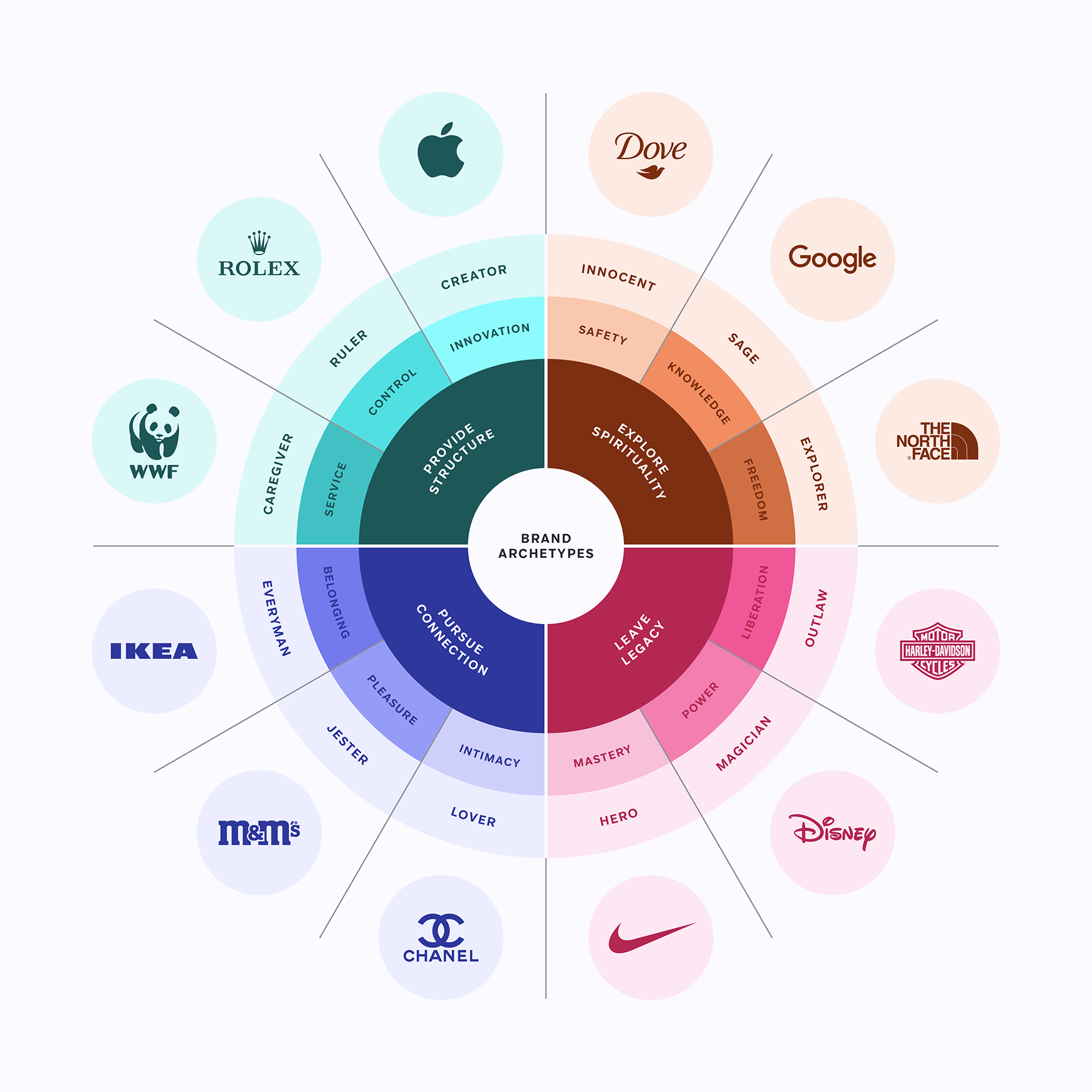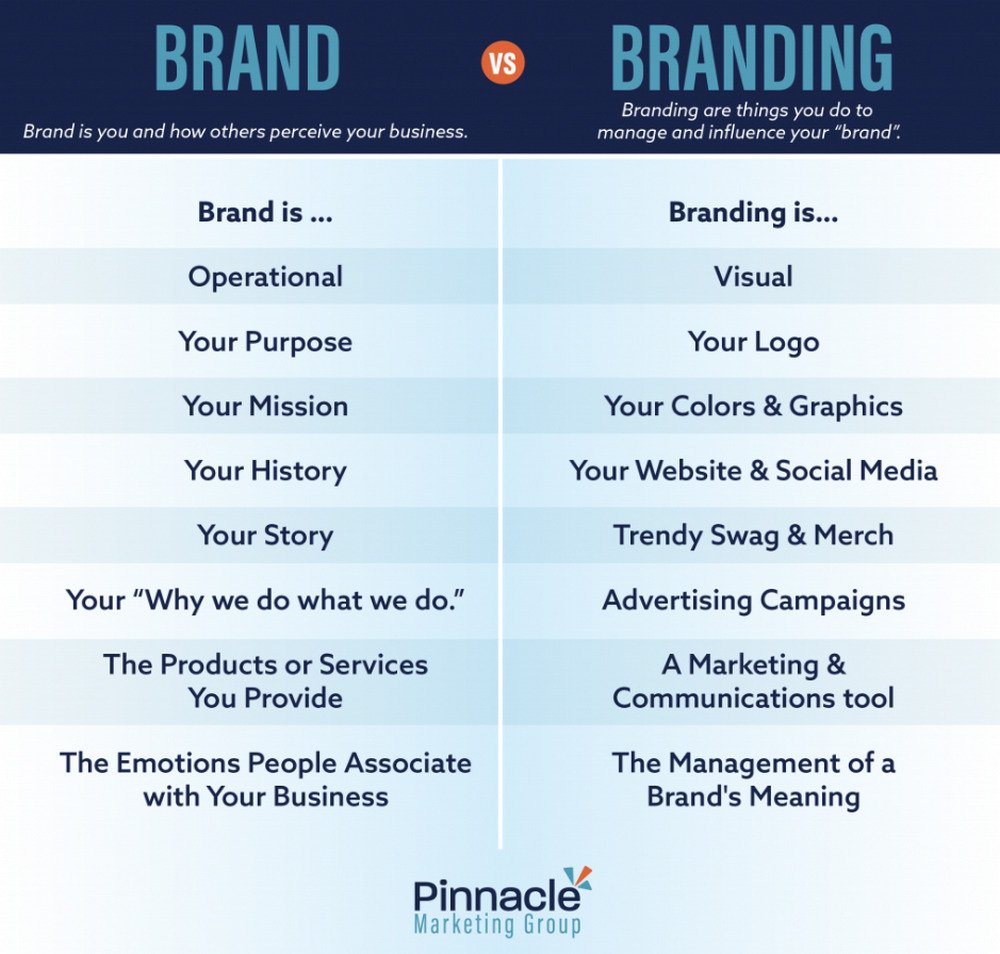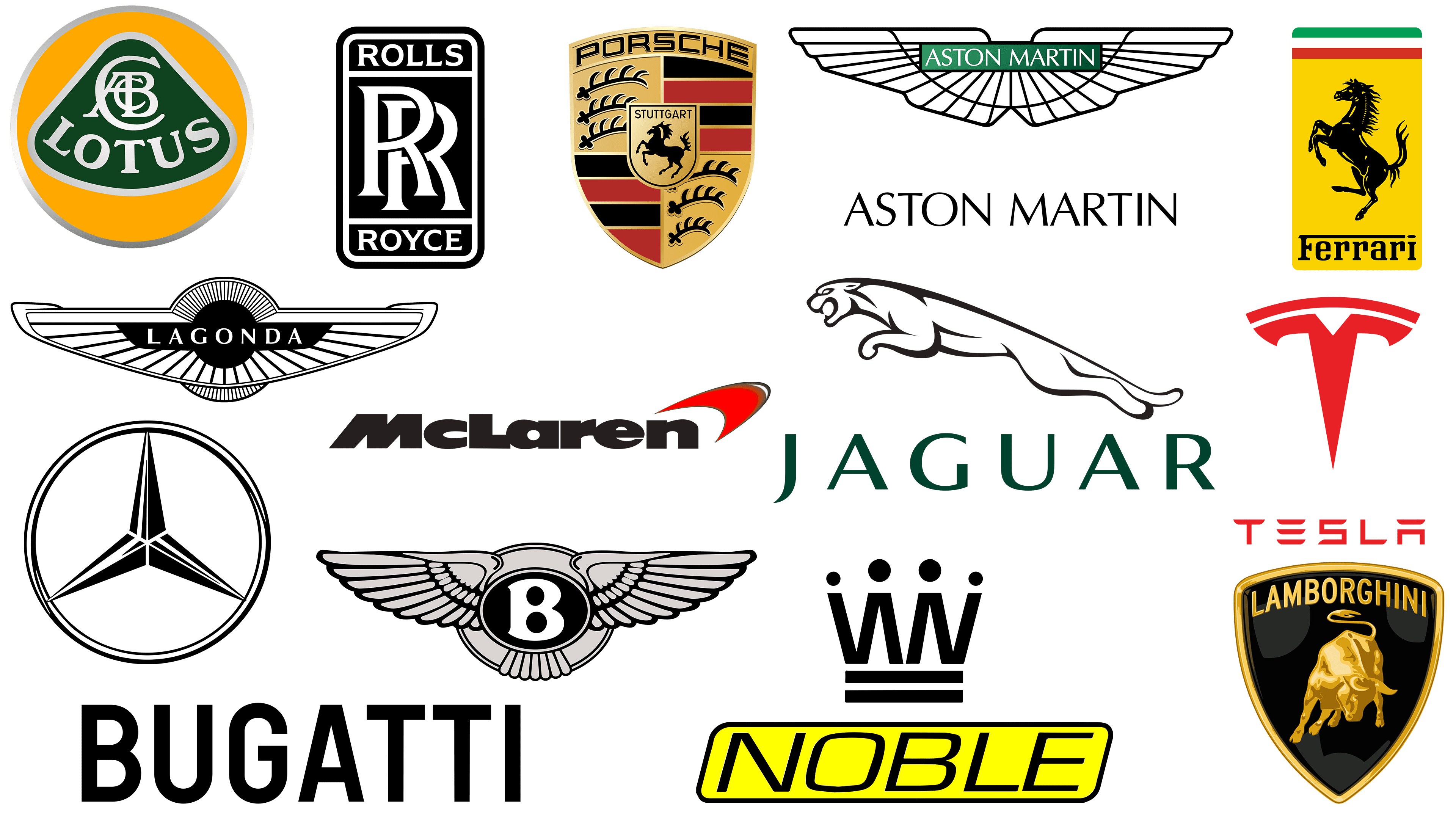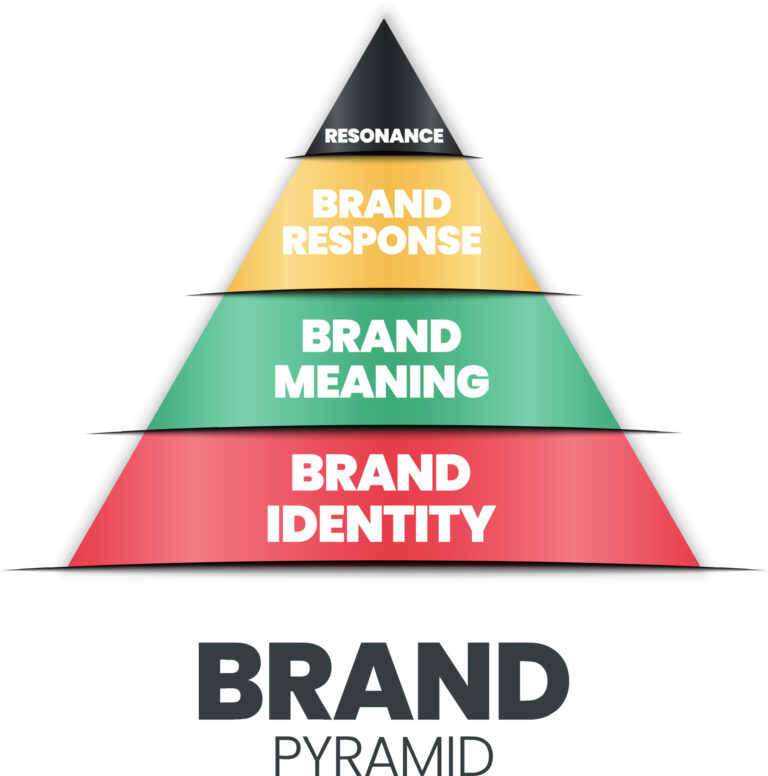Brand New Car Tires: Your Ultimate Guide to Performance, Safety, and Longevity
Brand New Car Tires: Your Ultimate Guide to Performance, Safety, and Longevity cars.truckstrend.com
The humble tire, often overlooked until it fails, is arguably the most critical component of any vehicle. It’s the sole point of contact between your car and the road, directly influencing everything from braking performance and handling to fuel efficiency and ride comfort. When we talk about "brand new car tires," we’re not just referring to a fresh set of rubber; we’re discussing a foundational investment in your safety, your vehicle’s performance, and your peace of mind on every journey. This comprehensive guide will delve into the world of new car tires, exploring their vital role, how to choose the right ones, and how to ensure they provide optimal service for years to come.
Introduction: The Unsung Heroes of the Road
Brand New Car Tires: Your Ultimate Guide to Performance, Safety, and Longevity
Brand new car tires are more than just inflated rings of rubber; they are sophisticated feats of engineering designed to withstand immense forces, provide consistent grip in diverse conditions, and contribute significantly to your driving experience. From the moment they leave the factory, these tires embody the latest advancements in material science, tread design, and manufacturing precision. Their importance cannot be overstated: they are fundamental to braking effectively, maintaining control during turns, absorbing road imperfections, and efficiently transferring engine power to the pavement. Investing in brand new tires isn’t merely a maintenance task; it’s a proactive step towards ensuring the safety of yourself and your passengers, optimizing your vehicle’s performance, and even saving money on fuel in the long run. Understanding their characteristics and proper care is essential for every car owner.
The Anatomy of a Brand New Tire: Understanding What You’re Buying
Before diving into the benefits and selection process, it’s crucial to understand what makes up a brand new tire and how to interpret its markings. Each part plays a vital role in its overall performance and durability.
- Tread: The outermost layer of the tire that contacts the road. Its pattern (grooves, sipes, blocks) is engineered for specific purposes like water dispersion, grip on various surfaces, and noise reduction.
- Sidewall: The vertical section between the tread and the wheel rim. It contains crucial information about the tire’s size, type, maximum load, speed rating, and manufacturing details. It also flexes to absorb impacts.
- Belts: Layers of steel or fabric (polyester, nylon, rayon) located under the tread, providing stability, strength, and resistance to punctures.
- Plies (Carcass): The tire’s main body, made of multiple layers of rubber-coated fabric cords (typically polyester or nylon) that give the tire its structural integrity and shape.
- Bead: The part of the tire that seals against the wheel rim, typically reinforced with high-tensile steel wire bundles to hold the tire securely in place.

Understanding Tire Markings (Decoding the Sidewall):
The information stamped on a tire’s sidewall is a language of its own, providing critical data for selection and maintenance.
- Size Designation (e.g., P205/55R16):
- P: Passenger car tire. (LT for Light Truck, T for Temporary/Spare)
- 205: Section width in millimeters (width of the tire from sidewall to sidewall).
- 55: Aspect ratio (sidewall height as a percentage of the width). In this case, the height is 55% of 205mm.
- R: Radial construction (most common type). (B for Bias Ply, D for Diagonal)
- 16: Rim diameter in inches.

- Load Index: A numerical code indicating the maximum weight the tire can support when properly inflated.
- Speed Rating: An alphabetic code indicating the maximum speed at which the tire can carry its load index. (e.g., H = 130 mph, V = 149 mph, W = 168 mph, Y = 186 mph).
- UTQG (Uniform Tire Quality Grading):
- Treadwear: A comparative rating based on wear rate (e.g., 400 means it theoretically lasts twice as long as a tire with a 200 rating).
- Traction: A, B, C rating for the tire’s ability to stop on wet pavement (AA is best).
- Temperature: A, B, C rating for the tire’s resistance to heat generation (A is best).
- DOT Code: Begins with "DOT" followed by numbers and letters. The last four digits indicate the week and year of manufacture (e.g., 2423 means 24th week of 2023). This is crucial for determining a tire’s age.

Why Brand New Tires Are Essential: Benefits and Importance
Replacing old, worn, or damaged tires with a fresh set of brand new ones offers a multitude of benefits that directly impact your driving experience and overall safety.
- Enhanced Safety: This is the paramount benefit. New tires provide optimal grip on dry, wet, and even snowy or icy roads (depending on type). Their full tread depth effectively channels water away, drastically reducing the risk of hydroplaning and ensuring shorter braking distances, which can be the difference between a close call and an accident.
- Optimized Performance: New tires restore your vehicle’s intended handling characteristics. They offer improved steering response, better cornering stability, and a more predictable feel, allowing your vehicle’s suspension and steering systems to perform as designed.
- Improved Fuel Efficiency: Worn tires often have increased rolling resistance due to irregular wear patterns or improper inflation, forcing your engine to work harder. Brand new tires, with their optimized tread compounds and correct inflation, minimize rolling resistance, leading to better fuel economy.
- Superior Comfort and Noise Reduction: The fresh, pliable rubber and specifically engineered tread patterns of new tires absorb road imperfections more effectively than old, hardened ones. This translates to a smoother, quieter ride, reducing road noise and vibrations transmitted into the cabin.
- Vehicle Longevity: Good tires protect other vehicle components. By absorbing shocks and maintaining proper alignment, they reduce strain on your suspension, steering, and braking systems, potentially extending their lifespan and reducing future repair costs.
When to Buy Brand New Tires: Recognizing the Need
Knowing when to replace your tires is just as important as knowing which ones to buy. Ignoring the signs of wear can compromise safety and performance.
- Tread Depth: The most common indicator. Most tires have built-in tread wear indicators (small bars of rubber flush with the tread when it reaches 2/32nds of an inch, or 1.6mm). You can also use the "penny test": insert a penny into a tread groove with Lincoln’s head upside down. If you can see the top of his head, your tread is too shallow.
- Age: Even if a tire looks good and has sufficient tread, its rubber compounds degrade over time due to exposure to UV light, heat, and chemicals. Most manufacturers recommend replacing tires after 6 years, regardless of mileage, and absolutely no later than 10 years from the date of manufacture (check the DOT code).
- Visible Damage: Inspect your tires regularly for:
- Cracks: In the sidewall or tread, indicating dry rot or aging.
- Bulges or Blisters: Signifying internal damage to the tire’s structure, a critical safety hazard.
- Punctures: While small tread punctures can often be repaired, damage to the sidewall or large punctures usually necessitate replacement.
- Cuts or Gouges: Deep cuts can compromise the tire’s integrity.
- Uneven Wear Patterns: If you notice excessive wear on one side of the tire, in the center, or on both edges, it often indicates underlying issues like improper inflation, misalignment, or suspension problems. While a new tire won’t fix the underlying issue, it’s a signal that an inspection is due before new tires are installed.
- Performance Degradation: Increased road noise, vibrations, a noticeable decrease in grip, or longer braking distances are all signs that your tires are no longer performing optimally and it’s time for replacement.
Choosing the Right Brand New Tires: Types and Considerations
Selecting the perfect set of brand new tires involves more than just picking the cheapest option. It requires understanding different tire types and considering your specific driving needs.
Common Tire Types:
- All-Season Tires: The most common choice, designed to offer a balance of performance in various conditions – dry, wet, and light snow. They are a versatile option for most drivers in moderate climates.
- Summer Tires: Optimized for warm weather, offering superior grip and handling on dry and wet roads when temperatures are above 45°F (7°C). Their tread compounds harden in cold weather, making them unsuitable for winter.
- Winter/Snow Tires: Specifically designed for cold temperatures, snow, and ice. They feature softer rubber compounds that remain flexible in freezing conditions and aggressive tread patterns with numerous sipes for enhanced grip on slippery surfaces.
- Performance Tires: Engineered for sports cars and drivers seeking maximum grip and responsiveness. They often have lower profiles, stiffer sidewalls, and specialized tread compounds. Trade-offs include shorter tread life and less comfort.
- Touring Tires: Prioritize comfort, quietness, and longer tread life. They offer a smooth ride and good all-season capabilities, ideal for daily commutes and long trips.
- Light Truck (LT) / SUV Tires: Built for durability, higher load capacities, and often off-road capabilities. They are generally more robust and have deeper treads.
Key Considerations When Choosing:
- Vehicle Manufacturer’s Recommendations: Always consult your car’s owner’s manual or the tire placard (usually located on the driver’s side door jamb, glove box, or fuel filler door). It lists the original equipment (OE) tire size, load index, and speed rating. Deviating significantly can affect performance, safety, and even insurance.
- Driving Style and Environment: Are you a daily commuter, a spirited driver, or do you frequently travel off-road? Do you live in a region with distinct seasons or mild year-round weather? Your driving habits and local climate should guide your choice.
- Budget vs. Quality/Performance: While it’s tempting to go for the cheapest option, remember that tires are a critical safety component. Balancing your budget with a tire’s quality, performance, and expected lifespan is crucial. Premium tires often offer better performance, longer tread life, and a more comfortable ride, justifying a higher initial cost.
- Load Capacity and Speed Rating: Ensure the new tires meet or exceed the vehicle’s recommended load index and speed rating, especially if you frequently carry heavy loads or drive at high speeds.
- Treadwear Warranty: Many tire manufacturers offer a mileage warranty on their tires. This can be a good indicator of expected lifespan and provides some peace of mind.
Installation and Initial Care of Brand New Tires
Once you’ve chosen your new tires, proper installation and initial care are vital for maximizing their performance and longevity.
- Professional Installation is Key: Always have new tires installed by a qualified technician. This ensures:
- Correct Mounting: Tires are properly seated on the rim.
- Balancing: Wheels and tires are balanced to eliminate vibrations and ensure even wear. Unbalanced tires lead to uncomfortable driving and premature wear.
- Alignment Check: While new tires won’t fix alignment issues, it’s crucial to have your vehicle’s alignment checked when installing new tires. Misalignment can quickly ruin new tires and compromise handling.
- The "Break-in" Period: Brand new tires have a short break-in period, typically the first 500 miles. During this time, the lubricants and mold release agents used in manufacturing wear off, and the components of the tire (tread, belts, plies) settle. Drive gently, avoid hard acceleration, braking, or sharp turns, and let the tires "seat" properly.
- Regular Maintenance is Non-Negotiable:
- Tire Pressure: Check tire pressure monthly (and before long trips) using a good quality gauge, always when the tires are "cold" (driven less than a mile). Follow the pressure recommended on your vehicle’s placard, not the maximum pressure listed on the tire’s sidewall.
- Tire Rotations: Rotate your tires every 5,000 to 8,000 miles (or as per your vehicle’s owner’s manual). This ensures even wear across all four tires, extending their lifespan.
- Balance and Alignment Checks: Have your tires re-balanced if you notice vibrations, and get your alignment checked annually or if you hit a significant pothole or curb.
- Regular Cleaning and Inspection: Keep your tires clean from harsh chemicals and inspect them regularly for any signs of damage, embedded objects, or uneven wear.
Potential Challenges and Solutions
Even with brand new tires, issues can arise. Knowing common challenges and their solutions can save you time and money.
- Uneven Wear: Often caused by improper inflation, misalignment, or worn suspension components.
- Solution: Check tire pressure regularly, get a professional alignment, and inspect suspension parts.
- Punctures: A common occurrence.
- Solution: Small punctures in the tread area can often be professionally repaired (patching from the inside). Sidewall punctures or large tread punctures usually require tire replacement. Never try to "plug" a tire yourself as a permanent fix.
- Noise or Vibrations: Can indicate an unbalanced tire, a bent rim, or an alignment issue.
- Solution: Have your tires balanced, check rims for damage, and get an alignment inspection.
- Hydroplaning (even with new tires): While new tires resist hydroplaning better, it can still occur at high speeds in heavy rain.
- Solution: Reduce speed in wet conditions, ensure proper tire inflation, and maintain good tread depth.
Brand New Car Tires: Estimated Price Table (Examples)
Please note: Tire prices vary significantly based on brand, type, size, performance rating, and retailer. The table below provides estimated ranges for common tire types and sizes, excluding installation, balancing, and alignment costs.
| Tire Type | Common Size Example | Estimated Price Range (Per Tire) | Key Characteristics & Notes |
|---|---|---|---|
| All-Season | P205/55R16 | $90 – $180 | Versatile, good for most climates, balanced performance, moderate tread life. Most common choice. |
| Summer (High-Perf) | 225/45R17 | $150 – $300+ | Excellent grip in warm, dry/wet conditions. Not for cold weather. Often found on sports cars/performance sedans. Shorter tread life. |
| Winter/Snow | 215/65R16 | $120 – $250 | Specialized for cold, snow, ice. Softer compound. Essential for severe winter climates. Should be removed in warm weather. |
| Touring | P215/60R17 | $100 – $200 | Focus on comfort, quiet ride, and longer tread life. Good all-season performance. Ideal for daily drivers and commuters. |
| Light Truck (All-Terrain) | LT265/70R17 | $180 – $350+ | Durable, higher load capacity, aggressive tread for off-road traction. Can be noisier on pavement. For trucks and SUVs. |
| Performance (Ultra-High) | 245/40ZR18 | $200 – $450+ | Max grip, precise handling, often lower profile. For serious enthusiasts and high-performance vehicles. Very short tread life. |
Note: These are general estimates. Prices can fluctuate greatly. Always compare quotes from multiple retailers and consider installation costs (mounting, balancing, valve stems, disposal fees) which can add $15-$30 per tire.
Frequently Asked Questions (FAQ) about Brand New Car Tires
Q1: Do I need to replace all four tires at once?
A: It’s generally recommended to replace all four tires simultaneously for optimal safety, performance, and even wear, especially on All-Wheel Drive (AWD) vehicles. If replacing only two, they should always be installed on the rear axle, even on front-wheel-drive vehicles, for better stability and hydroplaning resistance.
Q2: How long do brand new tires typically last?
A: The lifespan varies based on tire type, driving habits, road conditions, and maintenance. Treadwear warranties typically range from 40,000 to 80,000 miles. However, regardless of tread, tires should be inspected after 5 years and replaced after 6-10 years due to rubber degradation.
Q3: What’s the "break-in" period for new tires?
A: New tires usually require a break-in period of about 500 miles. During this time, avoid aggressive driving, hard braking, or rapid acceleration to allow the tire components to settle and any mold release agents to wear off.
Q4: Can I mix tire brands or types on my vehicle?
A: It is strongly discouraged. Mixing brands, types (e.g., all-season with summer), or even significantly different tread patterns can negatively impact handling, braking, and stability, potentially creating a safety hazard. Always stick to the same brand, type, and ideally, model of tire on all four wheels.
Q5: What’s the most important maintenance for new tires?
A: Maintaining proper tire pressure is the single most important factor. Incorrect pressure leads to uneven wear, reduced fuel efficiency, and compromised safety. Regular rotations, balancing, and alignment checks are also crucial.
Q6: How do I read the date code on a tire?
A: Look for the DOT code on the sidewall. The last four digits represent the week and year of manufacture. For example, "2423" means the tire was manufactured in the 24th week of 2023.
Conclusion: An Investment in Your Journey
Brand new car tires are far more than just a purchase; they are an essential investment in the safety, performance, and longevity of your vehicle. From their intricate construction and the critical information embedded in their sidewalls to the meticulous care they require, understanding your tires empowers you to make informed decisions. By recognizing the signs of wear, choosing the appropriate type for your driving needs, ensuring professional installation, and committing to regular maintenance, you unlock the full potential of your new tires. This proactive approach not only extends the life of your tires but, more importantly, ensures that every journey you undertake is as safe, comfortable, and efficient as possible. Don’t underestimate the power of good rubber – it’s the foundation of your drive.






